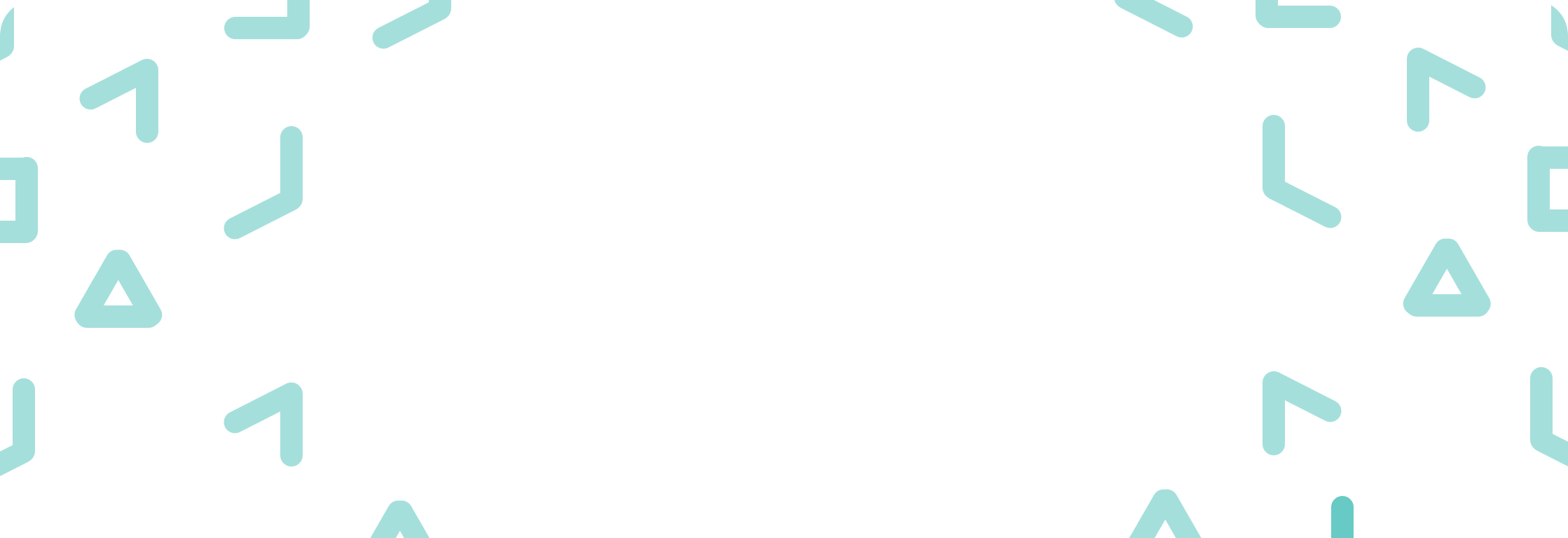Platform for Innovative Learning Assessments
Free and open-source tools to learn and assess 21st century competencies.
Platform for Innovative Learning Assessments
Free and open-source tools to learn and assess 21st century competencies.
Platform for Innovative Learning Assessments
Free and open-source tools to learn and assess 21st century competencies.
Competency-based
PILA helps develop and assess complex competencies (e.g. computational thinking and self-regulated learning) with engaging, interactive environments.
Reporting Tools
As students learn, teachers and students receive immediate feedback on digital dashboards.
Customiser Tools
Teachers can design and modify activities and sequences of activities for their students!
Five steps to support learning with PILA
1
Define
Discuss and clarify learning intentions and goals with students.
1
Define
Discuss and clarify learning intentions and goals with students.
1
Define
Discuss and clarify learning intentions and goals with students.
2
Design
Choose from expert-designed learning and assessment activities or design your own on PILA to assign to students.
2
Design
Choose from expert-designed learning and assessment activities or design your own on PILA to assign to students.
2
Design
Choose from expert-designed learning and assessment activities or design your own on PILA to assign to students.
3
Engage
Students work through the activities individually or with others.
3
Engage
Students work through the activities individually or with others.
3
Engage
Students work through the activities individually or with others.
4
Reflect
Observe students’ progress as they work and review results with them, using PILA dashboards.
4
Reflect
Observe students’ progress as they work and review results with them, using PILA dashboards.
4
Reflect
Observe students’ progress as they work and review results with them, using PILA dashboards.
5
Respond
Offer personalised feedback to students, discuss common mistakes and effective strategies as a class, and/or adjust your lesson plans to support students in overcoming learning gaps.
5
Respond
Offer personalised feedback to students, discuss common mistakes and effective strategies as a class, and/or adjust your lesson plans to support students in overcoming learning gaps.
5
Respond
Offer personalised feedback to students, discuss common mistakes and effective strategies as a class, and/or adjust your lesson plans to support students in overcoming learning gaps.

Watch a short demo!

Watch a short demo!

